Serratus Posterior Inferior Muscle
Introduction
The serratus posterior inferior muscle is found in the back’s intermediate compartment. It is located in the lower part of the back, beneath the latissimus dorsi. It plays a role in respiration and stabilization of the lower thoracic and upper lumbar vertebrae.
Structure
The muscle is placed where the thoracic and lumbar spines meet. With an irregular quadrilateral shape, it is wider than the serratus posterior superior muscle and widely spaced apart from it.
A thin aponeurosis forms when the spinous processes of the top two or three lumbar vertebrae and the bottom two thoracic vertebrae meet.
It becomes fleshy, travels laterally and obliquely upward, then splits into four flat digitations. These go somewhat beyond the angles of the lowest four ribs’ inferior margins.
Origin
Spinous processes of T11 to L2 vertebrae.
Consists of muscle fibres that run superolaterally and originate from the lumbar and thoracis spines (typically T11-L3).
Insertion
Inferior borders of the 9th to 12th ribs (outer surfaces, near their angles).
Attaching to ribs 9 – 12.
Nerve Supply
Nerves T9-T12 intercostally.
Blood Supply
The posterior intercostal, subcostal, and upper lumbar arteries all contribute blood flow.
Innervation
Subcostal nerve (T12) and intercostal nerves (T9–T11).
Function
Depresses ribs 9 – 12. This rib movement may cause intake and forceful exhalation of air from the lungs.
Clinical Importance
Serratus posterior inferior muscle Pain
Serratus posterior inferior muscle discomfort is characterised by soreness or tenderness in the lower back and ribs, which can be severe. Numerous factors, including trauma or injury, poor posture, overuse, and muscular tension, may contribute to this discomfort, albeit they are quite uncommon.
Treatment for Serratus Posterior Inferior Muscle Pain:
- Rest and Steer Clear of Upsetting Activities
- Stretching and mild range-of-motion exercises with ice or heat therapy
- Manual therapy or massage
- Over-the-Counter Drugs for Pain
- Adjusting Posture and Making Ergonomic Adjustments
- Physical Therapy for Joint or Respiratory Conditions at Their Root
Serratus posterior inferior muscle Injury
The serratus posterior inferior muscle can sustain injuries that cause localised pain and discomfort in the lower back and ribcage area.These problems are uncommon, but can be caused by trauma, misuse, or poor biomechanics.
The superior and inferior serratus posterior muscles are often regarded as clinically irrelevant, despite the fact that their attachments suggest that they have a respiratory role. It’s interesting to note, though, that there is no evidence linking these muscles to breathing.
The concept that these muscles provide a respiratory function is contradicted by some electromyographic results. Furthermore, because of their association with myofascial pain problems, these muscles, especially the superior, may have greater clinical relevance than is typically thought.
It’s important to remember that this muscle supports the lower back by stabilising the four lower ribs and assisting in their descent and return, even if its primary role is proprioception.
The serratus posterior inferior functions in together with the quadratus lumborum, longissimus thoracis, and iloicostalis.
Trigger Point of Serratus Posterior Inferior
Trigger points in the serratus posterior inferior muscle can produce abnormal, localised discomfort that spreads throughout the muscle.
Usually, consumers describe this sensation as a persistent ache.
Deactivating more trigger points often doesn’t eliminate persistent discomfort.
Serratus posterior inferior stretch
Lift your forearms slightly over your wrists, reaching chest height.
Breathe deeply, then raise them gradually until your forehead touches the point where your arms cross.
Let out one last sigh and drop your arms.
Pause for a few seconds to recuperate, then repeat once or again.
Treatment
By training the serratus posterior inferior muscle, one may increase its strength, flexibility, and functionality. The following workouts target the serratus posterior inferior:
Practice diaphragmatic breathing to engage the serratus posterior inferior during deep breathing. Concentrate on filling your lungs and expanding the lower section of your rib cage.
Thoracic Extension Stretch:
- Posture: Standing or Sitting
- Behind your back, shake hands.
- Raise your arms and slowly stretch them backward while maintaining your shoulder blades together.
- You should feel a little thoracic stretch after 15 to 30 seconds of holding the stretch.
Seated Forward Bend with Rotation:
- Sit down on the ground.
- Extending your legs
- With your right hand extended toward your left foot, bend forward at the hips.
- Moved your body to the left and placed your left arm behind you.
- After 15-30 seconds of stretching, switch sides.
Cat-Cow Stretch:
- Place yourself on your hands and knees
- As you raise your head and lower your belly into the Cow Pose, take a deep breath.
- Release the breath as you lower your chin into your chest and turn your back (Cat Pose).
- Repeat the process 10–15 times.
FAQs
What causes serratus posterior inferior pain?
Serratus Posterior Inferior Pain
SPI muscle soreness can be induced by a multitude of circumstances, including sleeping on an overly soft mattress, bending laterally, overstretching the body while reaching aloft, twisting the back when carrying something heavy, and utilising the back muscles rather than the legs.
What is the serratus posterior inferior used for?
Function. The serratus posterior inferior rotates and lengthens the trunk by dragging the lower ribs inwards and downward. The intake and forceful expiration of air from the lungs may also be caused by this rib movement.
How to palpate serratus posterior inferior?
Positioning: Make the client comfortable by lying face down on a massage table or sitting with their back exposed and supported. Palpation: To locate the serratus posterior inferior muscle, begin by feeling around the lower ribs and lower thoracic vertebrae.
How to relieve serratus posterior inferior pain?
Medical Treatments
It is common practice to provide NSAIDs early in an acute injury. Severe cases involving many joint locations may be treated with oral steroids or muscle relaxants. Steroid injections, Botox, and trigger point injections are some of the treatment options.
What exercises work the serratus posterior inferior?
Message ball
Place the ball beside your shoulder blade, level with the scapula’s spine.
Then, shift your arm to the opposite side to expose more muscle and push your shoulder blade aside.
Stop after you’ve found a trigger point and move gently and accurately.
References
- Serratus posterior inferior muscle – 2024 https://teachmeanatomy.info/encyclopaedia/s/serratus-posterior-inferior/
- Serratus posterior inferior muscle – 2023 https://mobilephysiotherapyclinic.net/serratus-posterior-inferior-muscle
- Serratus posterior inferior muscle – 2024 https://en.wikipedia.org/wiki/Serratus_posterior_inferior_muscle

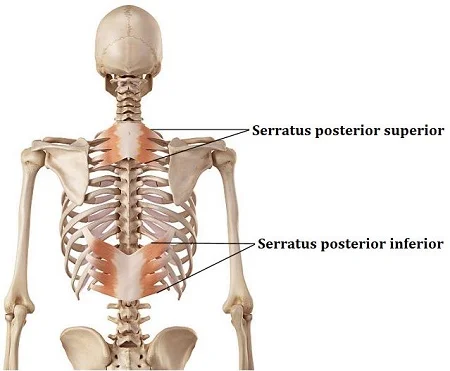
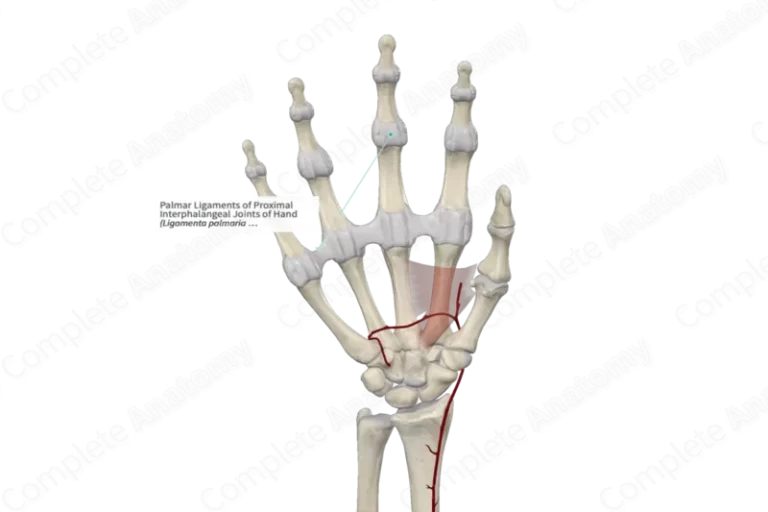
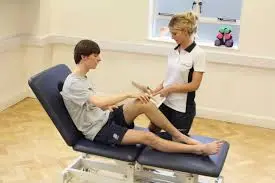
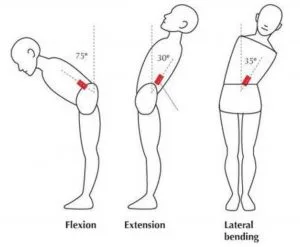
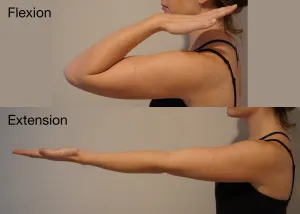
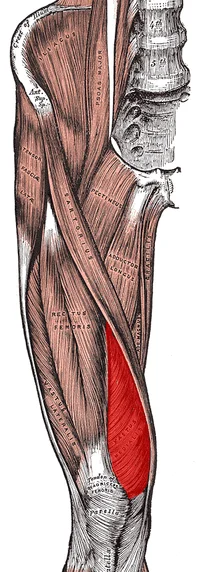

One Comment